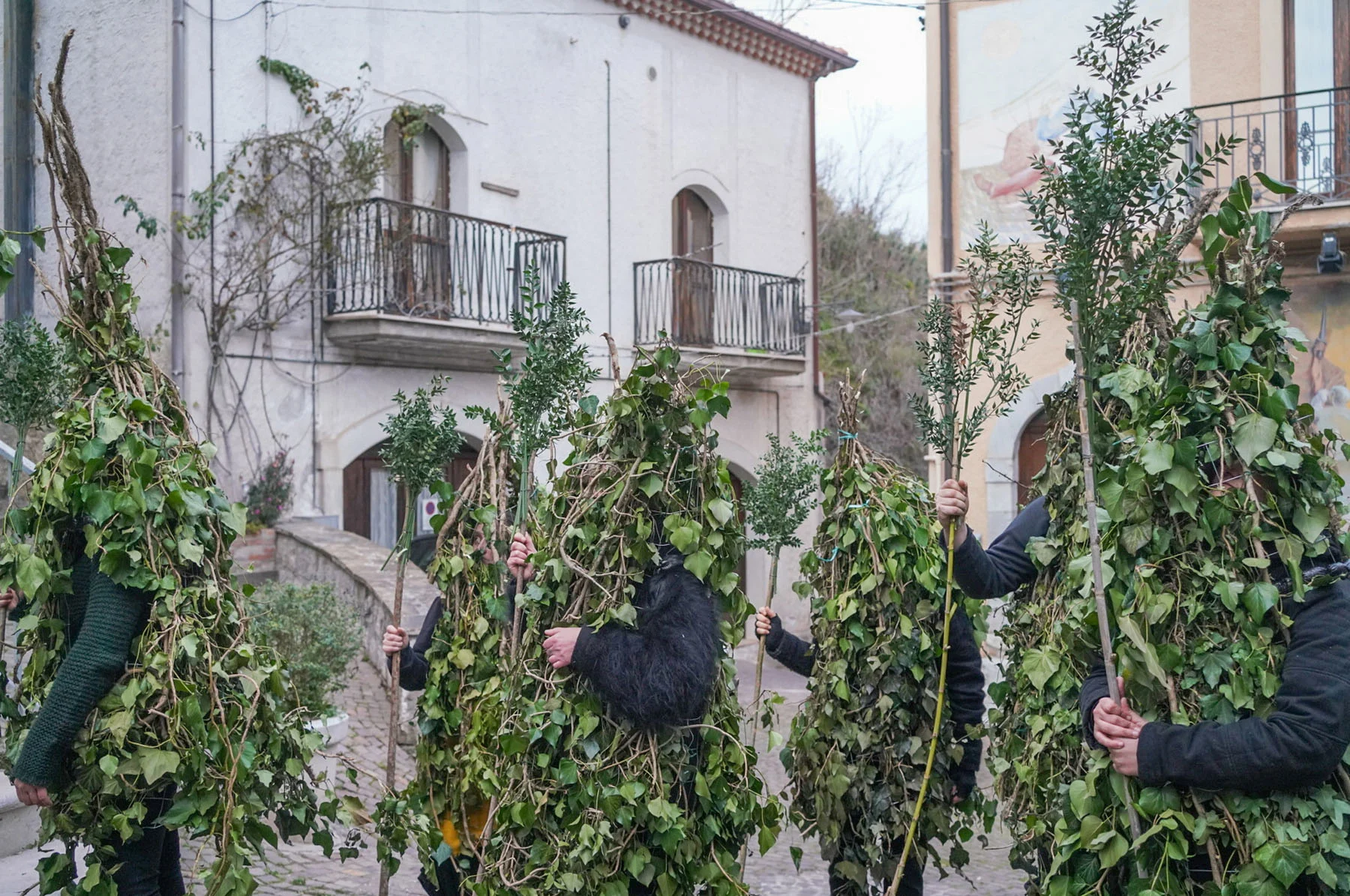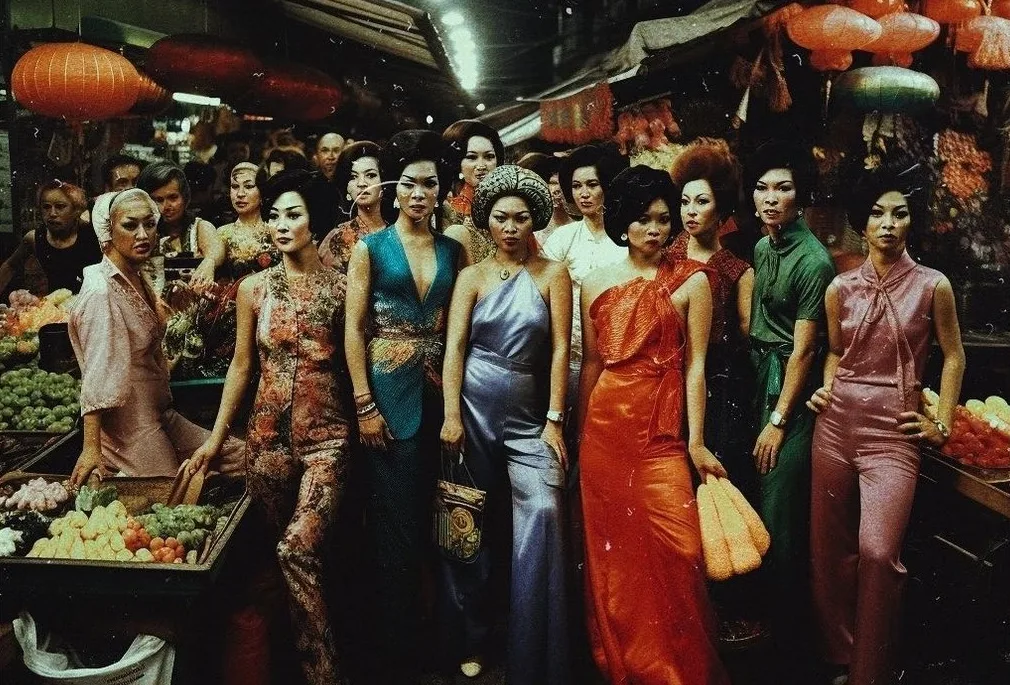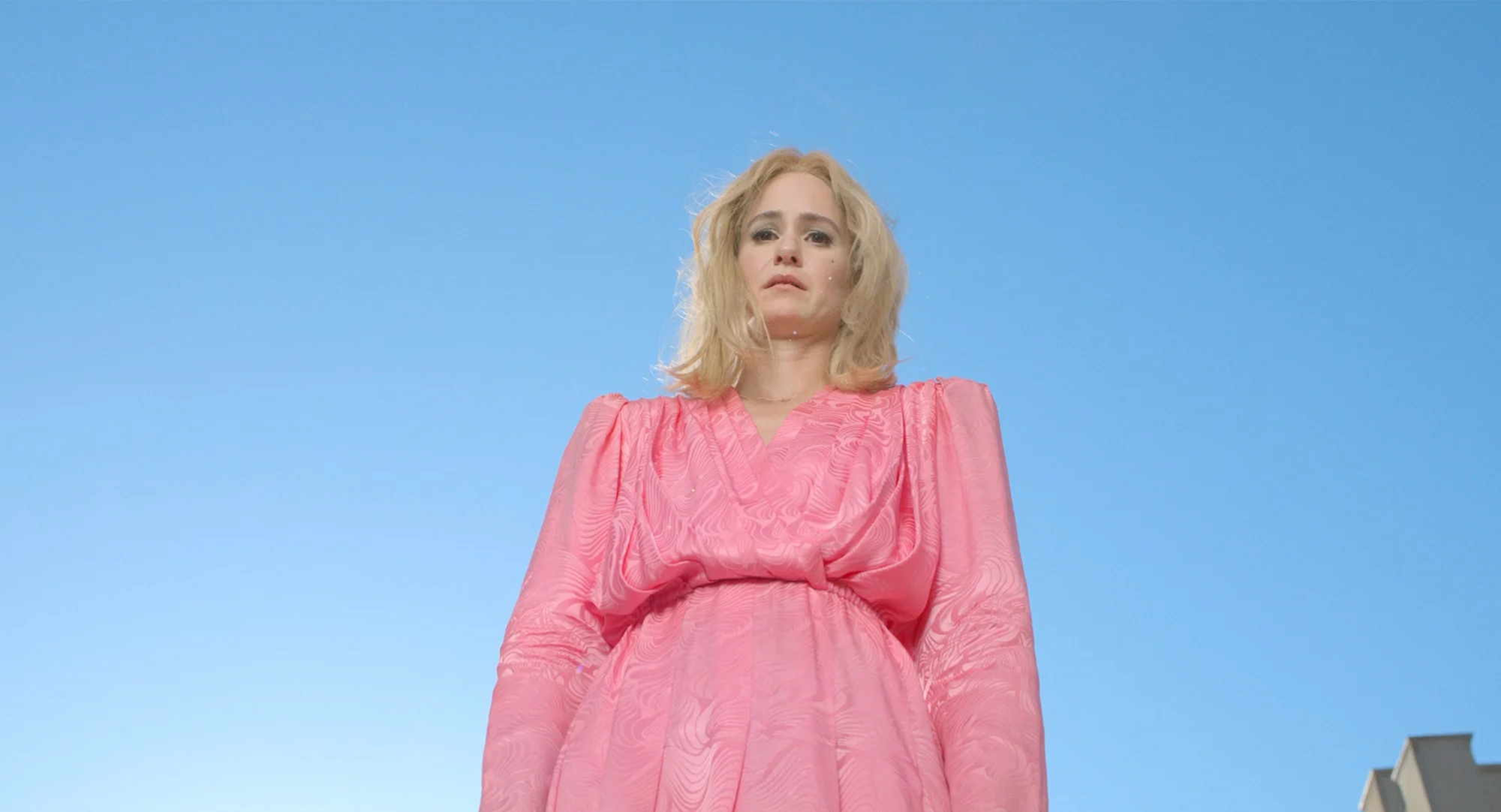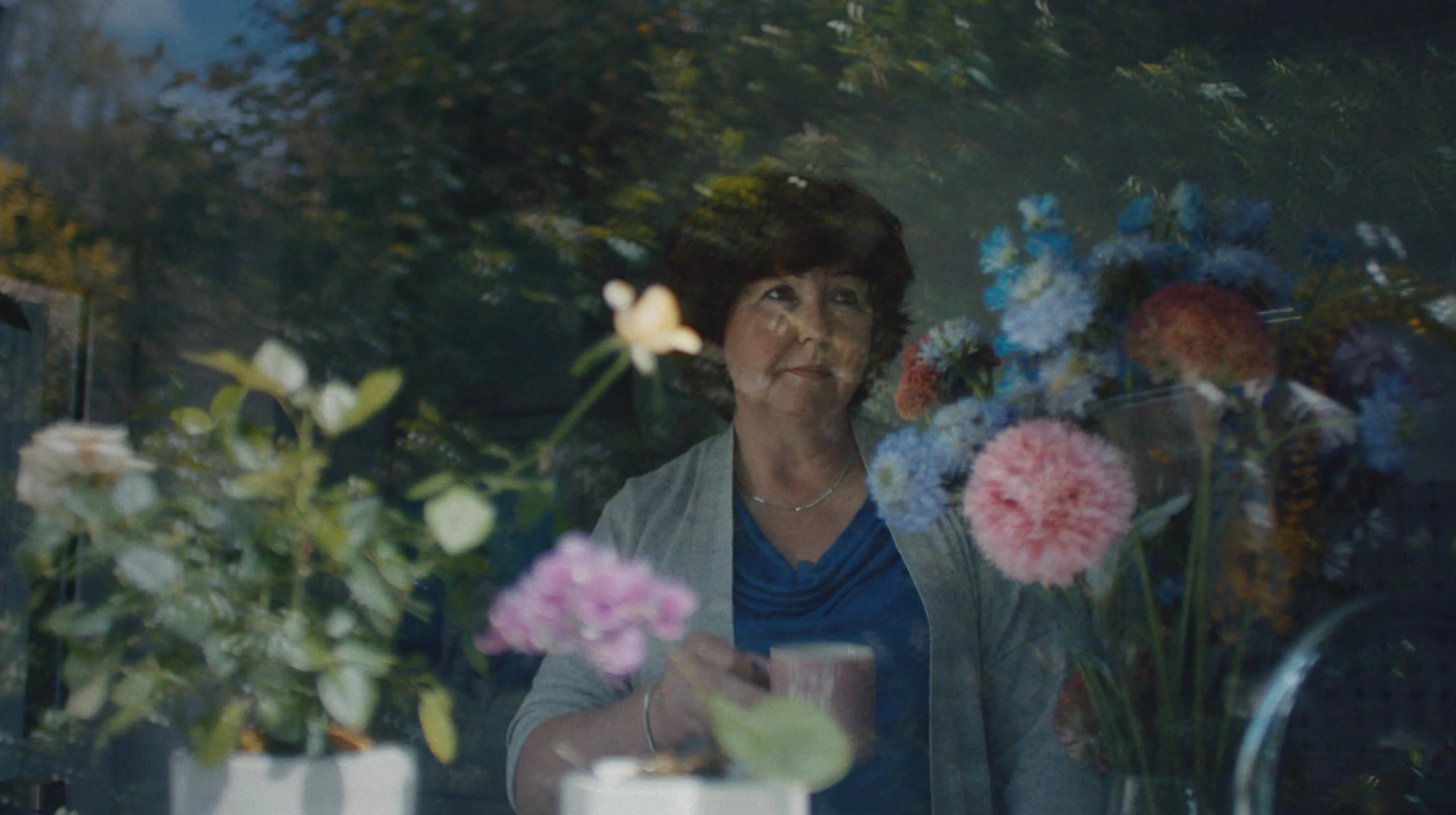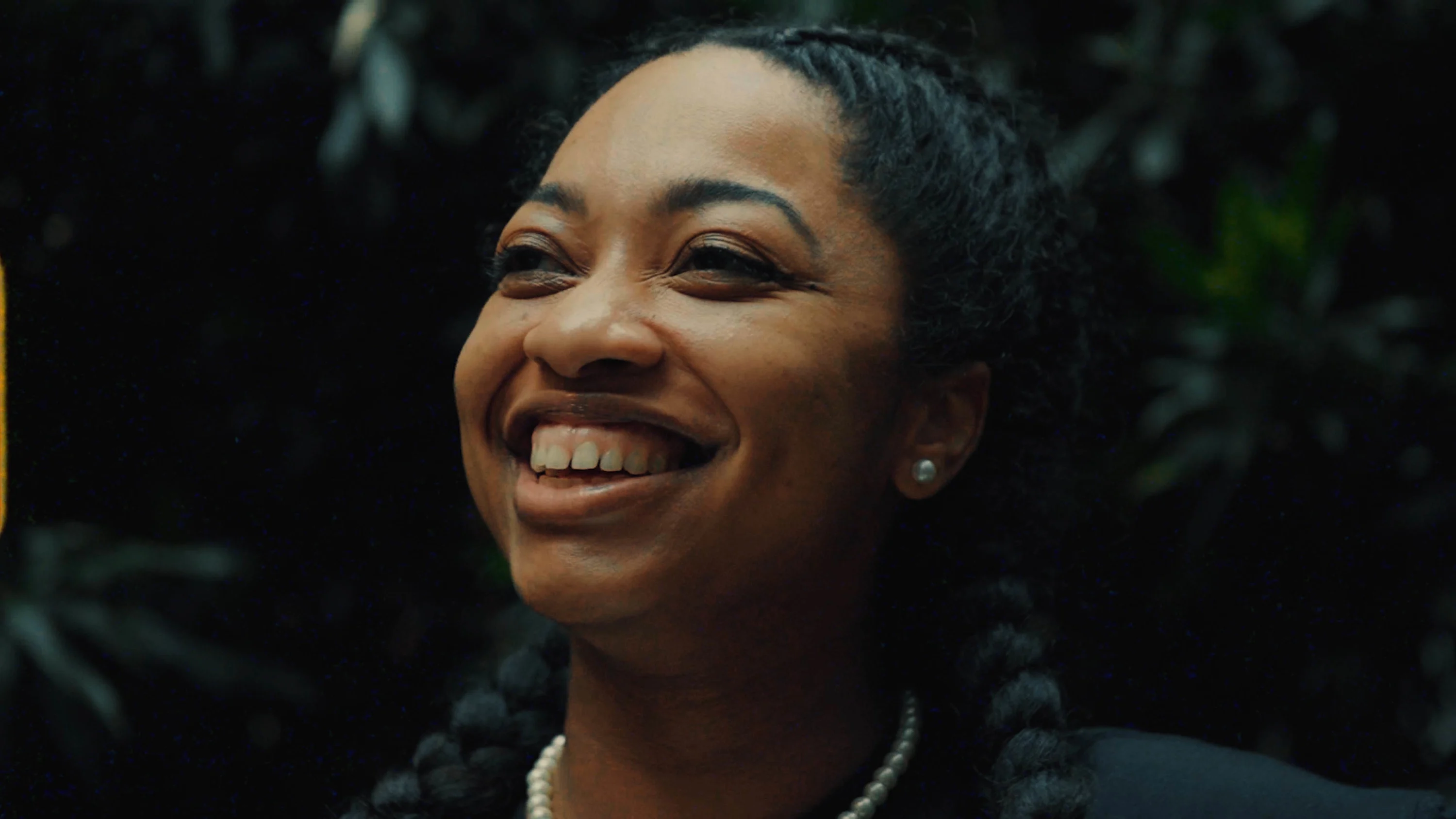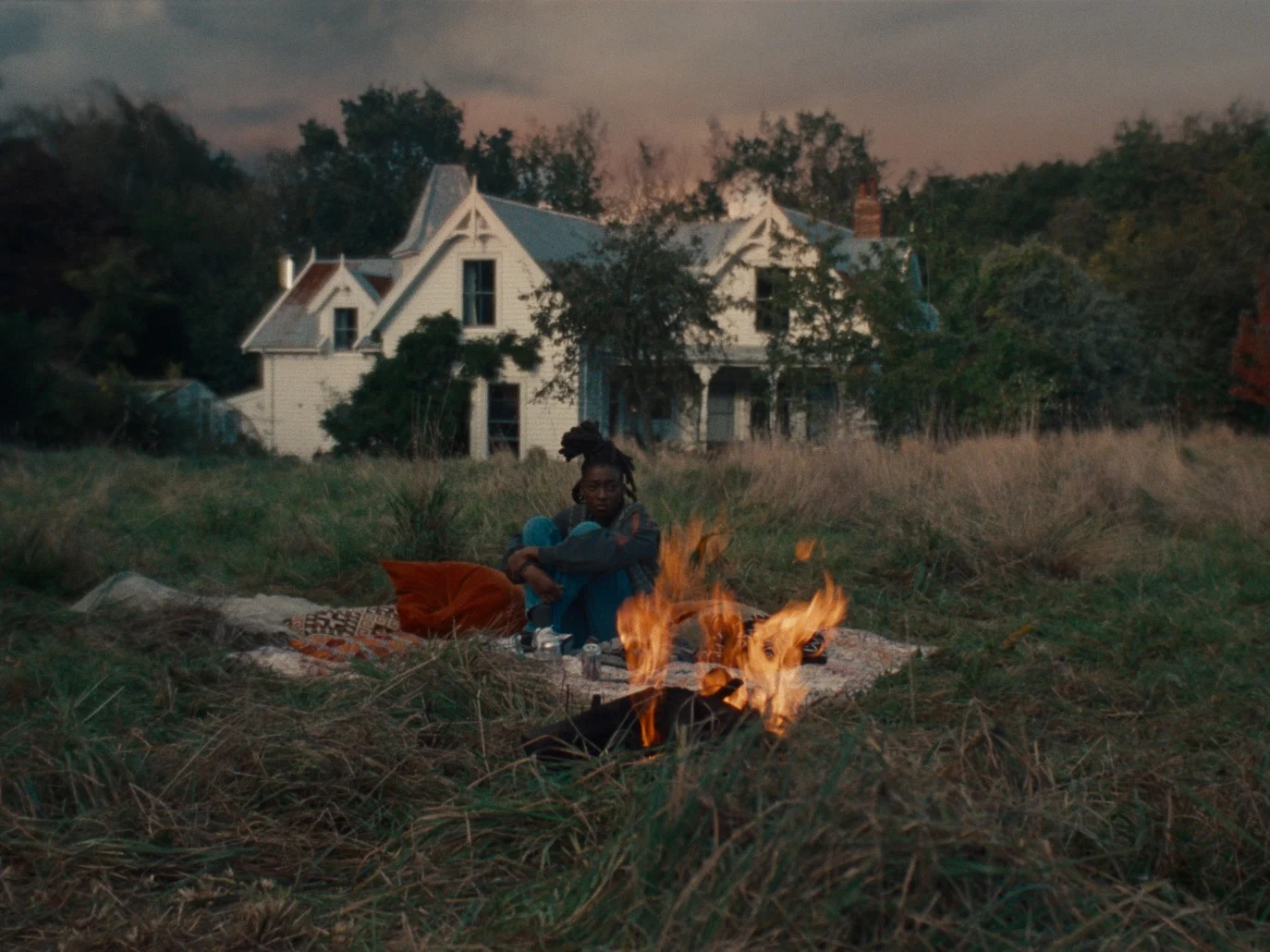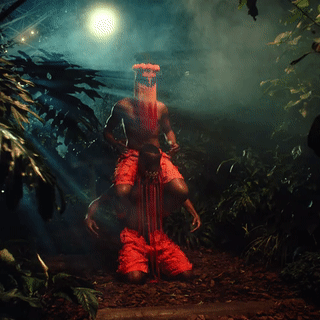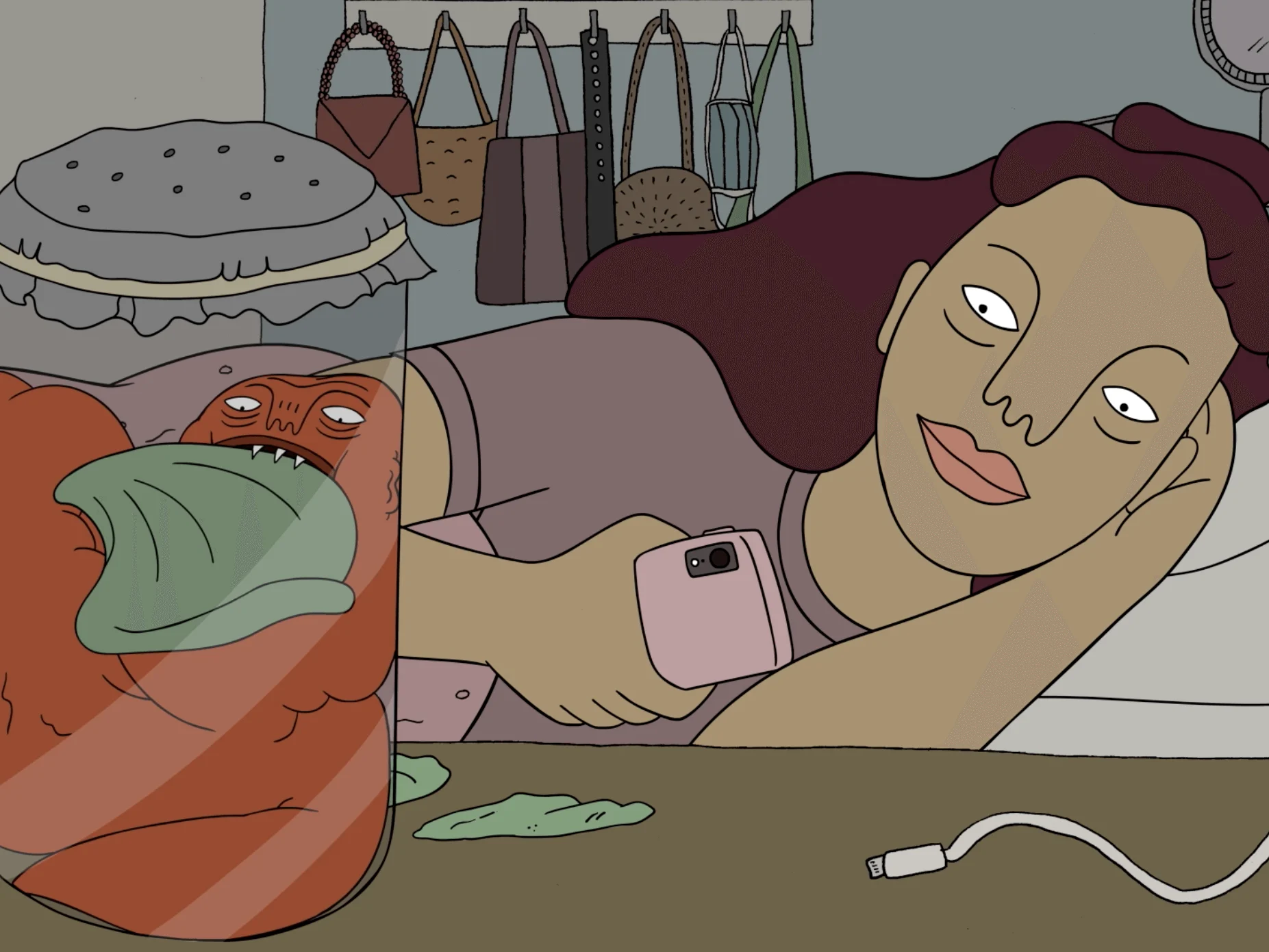
Ever since being forced to flee his home in Syria, Serbest Salih has dedicated his time to bringing photography education to overlooked communities of children across Southeast Turkey through his mobile darkroom project. “After the conflicts in Syria, Iraq, and here in this region, we’re trying to bring different communities together,” Salih says during “First Frames,” a film that introduces us to him and to the incredible children he’s taught along the way. Here, director Ilie Mitaru speaks about the making of the film, and about how he wanted to show the kids as beacons of hope and joy who are not defined by the struggles they’ve faced. To show that, as Salih says, “Wherever they come from, a child is a child.”
As soon as filmmaker Ilie Mitaru came upon Serbest Salih’s Instagram account—which documents his experiences teaching photography skills to displaced and overlooked communities of children across Turkey—he knew it was a story he needed to tell. “I had an immediate reaction to how visceral and energetic the children’s images were,” he says. “They were so sure of themselves, alive, and intimate—I was so taken aback that children who had just picked up cameras could capture images like this.”
Mitaru wanted to tell the story from the perspective of the children: “to embrace the weird, quirky, magical nature of their thinking and portray them not as passive subjects of their often-difficult circumstances, but as playful, resilient and complex individuals.” The film gives an insight into the childrens’ worlds, focusing on them as they speak about their friendships, curiosities and frustrations.


Mitaru and his team made the children and their perspectives the focus of the film, with much of the story behind Salih and his traveling darkroom being removed in the edit. “Serbest was cool with this approach,” says Zeynep Bilginsoy, the film’s producer. “Because he wants to make this a project for the children and by the children, and he naturally removes himself from these situations.”
Bilginsoy was the only Turkish member of the team on set, and had covered the recent twin earthquakes of February 6, 2023—which killed over 53,000 people—extensively as a journalist herself. Spending time with these children who had been displaced by the tragedy and hearing them reflect on their experience of it was an eye-opening experience. In one scene, for example, seven-year-old Zümra says that the earthquake made her life better because it meant she could move to a container camp where she could play outside more. In the end, the team kept this section of the film to show the complex thoughts kids can have; the way they can retain this childlike optimism, even after their lives have been uprooted by a tragedy. “They had a very different way of talking about the earthquake,” Bilginsoy says, “and that felt very healing for me.”

The team were taken aback throughout the process by the childrens’ ability to move between difficult topics and more positive topics so freely and easily. “We never brought up the traumatic events ourselves, but instead followed their lead,” Mitaru says. “One moment they may be talking about losing all their possessions and then in an instant they’d be taken by a beautiful flower or a cloud they want to photograph.”
“It’s that mindfulness that really is inspiring,” says Yalda Mostajeran, the film’s editor. “They’re trying to deal with something in real time, but they’re still children, and they’re still going to have that joy.” From the very first edit, Mostajeran was committed to including as many of these moments of levity as she could. “Ali lost his home, but he loves dogs and animals and wants to be a vet,” she says. “It was important to have little details like that, to really honor the point of view of these kids. They’re children, but they’re still people.” The kids we meet in this film are not shown as passengers, but as protagonists in their own story, with perspectives on life that are worth hearing. “I think when you give kids the space to play and talk, they will be able to share how they see the world,” says Bilginsoy. “I think often we just don’t let them talk enough.”
Despite including some heartbreaking conversations, ultimately, “First Frames” tells a story of hope in the face of adversity, and of the incredible power of childhood imagination. “Children show us the world,” Salih says during the film. “We just have to provide them with the tools, and they show us.”
